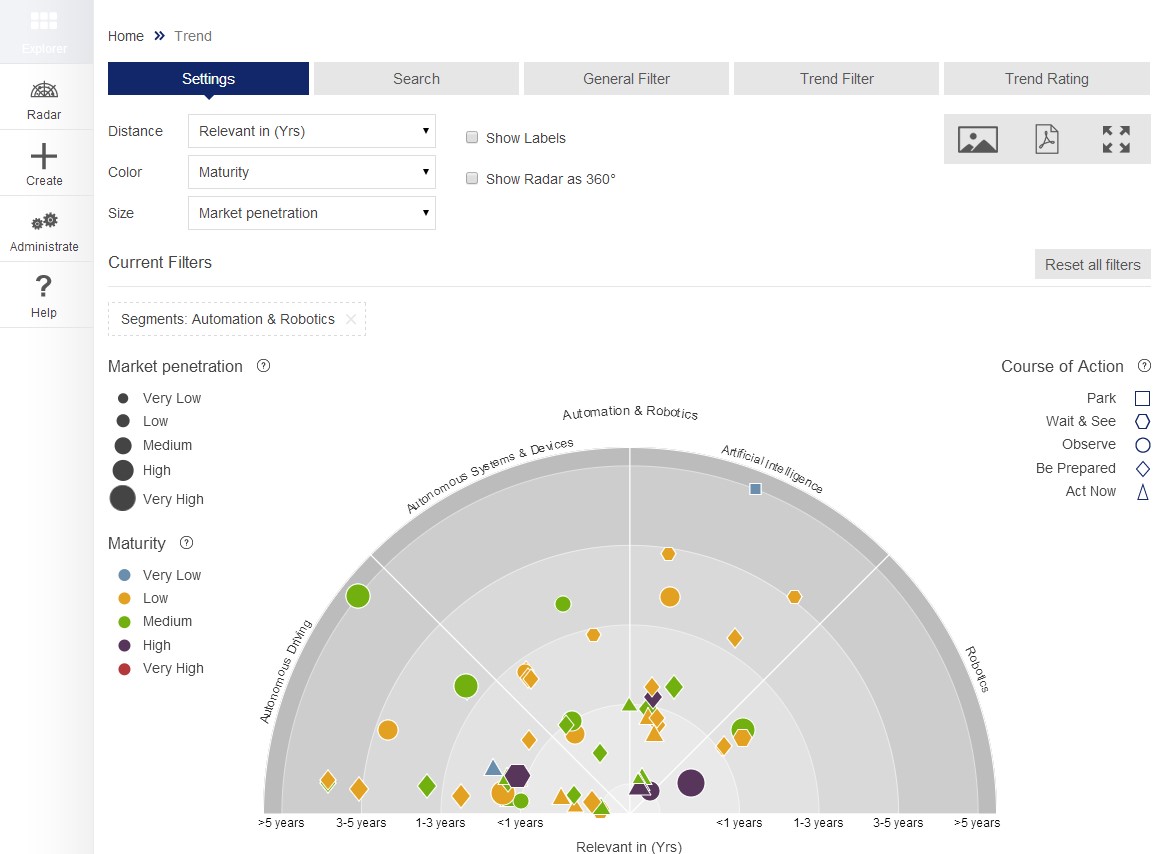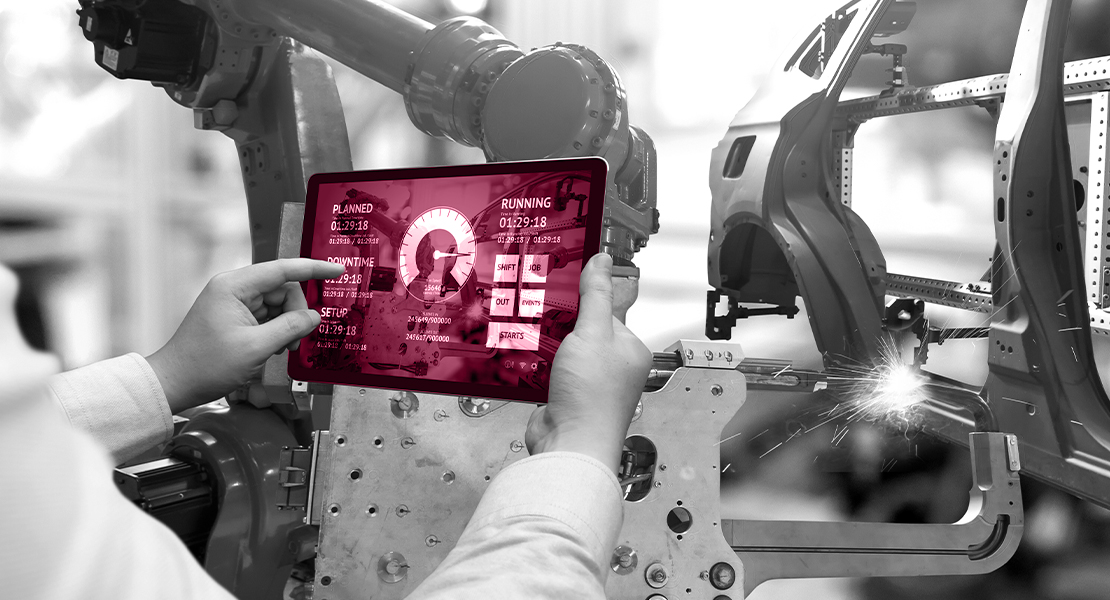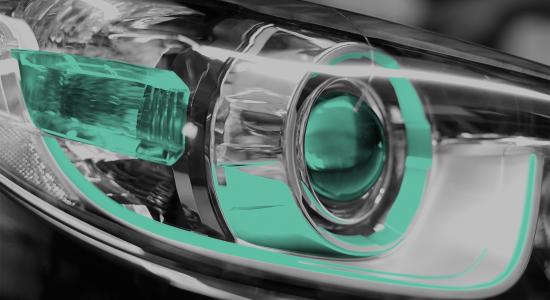Since the motor carriage built by Carl Benz in 1886, the automotive industry has been developing at a rapid pace up to the present day. Surprisingly, Kaiser Wilhelm II still believed at the time that it was merely a passing phenomenon and that the future would belong not to the automobile but to the horse.
Such misjudgements also happen today, especially some large companies were surprised by the technological change, think for example of the former global companies Kodak or Nokia. The pressure on the automotive industry is growing, the technology is almost mature, electrical systems determine the value of the vehicle, and the technical focus is moving away from the components of the internal combustion engine. Against this background, we, the management and technology consulting company Detecon International, are constantly analyzing which are the decisive trends in the automotive industry and, in particular, which fields of action can be derived from them. The methodological basis of the research and analysis is the Detecon Trend Radar. This system-supported tool creates a valuable basis for equipping our clients well for the digital future.

Image explanation: The trend radar is used for collaborative identification, selection, structuring and evaluation of trends and technologies, the graphical result of which is the visualization of trends, technologies, focal points and fields of action.
Focus on the Customer
One of the most important tasks of the automotive industry is to put the customer at the center of the service offering. What sounds trivial is a challenge when it comes to implementation. Today's customers demand individual mobility offerings tailored to their needs instead of individual, selective services. It is not enough to equip the flagship with more functions, nor will it be enough to be the market leader with a product derivative alone. Instead, there is a need for holistic mobility concepts that get customers from A to B in the fastest or most economical way, including all possible means of transport.
The influence of autonomous driving is only one additional aspect. The technical part is not even the biggest challenge for the industry, as the enormous progress of the last few years has exemplified. The real task is integration into an ecosystem. This includes questions about how comprehensive connected services can be implemented in the vehicle. These should build a bridge to the customer by recognizing and addressing his or her needs in a wide variety of situations. Digital assistants such as Siri, Alexa and Google Assistant, as well as other sensors and assistants, help in this process. The vehicle thus becomes a marketplace for tailored services. One thing is clear: The field of competitors in the automotive industry will expand to include new mobility providers as well as players from the world's innovation centers such as Silicon Valley.
Integrate Agility into the Enterprise
True digital champions are characterized by agility and innovative strength. On the one hand, they consistently focus on the customer, quickly identify needs and offer suitable solutions, and on the other hand, they can significantly shorten the time-to-market. Mastering these characteristics is a broad field of action for the automotive industry, enabling it to offer better services in less time in the future. In practice, this turns out to be not so easy, as the way people work changes, and with it their culture. If companies succeed in harmonizing disruptive innovations with incremental development processes as well as future-proof IT architectures, important prerequisites have been created. Agile methods accelerate projects, but they must also be able to strike an intelligent balance with traditional organizations and their hierarchical structures.
New Work
The coexistence of agile and traditional organizations also requires new working and collaboration models. For efficient collaboration, suitable tools are needed that support agile ways of working. Work must be able to be done from anywhere. Communication must not be limited to inefficient meetings, but must be aligned with the way social media channels work. Work environments for creative, collaborative and for focused work must be created. Chance encounters and employee exchanges are encouraged, while classic individual offices tend to be dissolved. Courage and freedom for personal inspiration, creativity and new ideas are to be encouraged.
Ecosystem and Focus on Strengths
A digital ecosystem must be created in and around the car, with partners who are among the best in their field. Only when the core competencies of the partners complement each other will it be possible to bring successful ecosystems to market. It is precisely in order to meet technological requirements and customer needs that new and old market players from the digital, telecommunications and software industries must be involved in value creation. In this way, a world full of new market opportunities is created, so that the focus on one's own and proven strengths coupled with a functioning ecosystem will be a guarantee for corporate success in the future.







